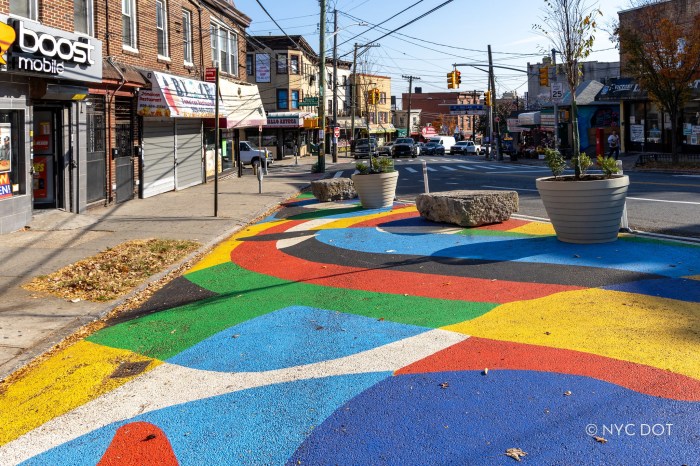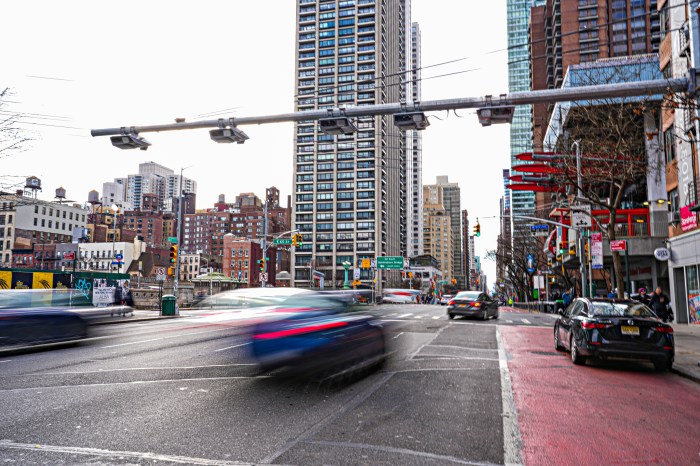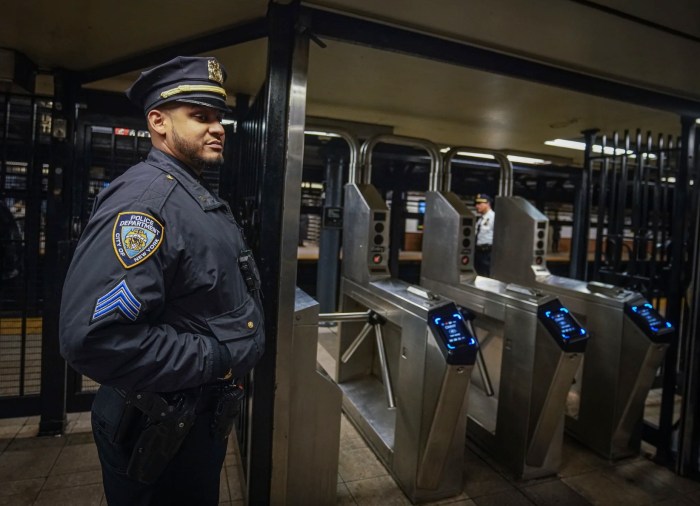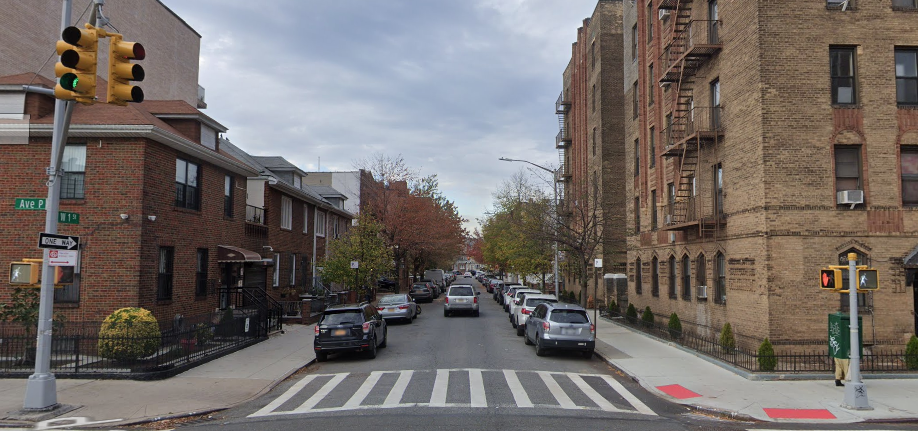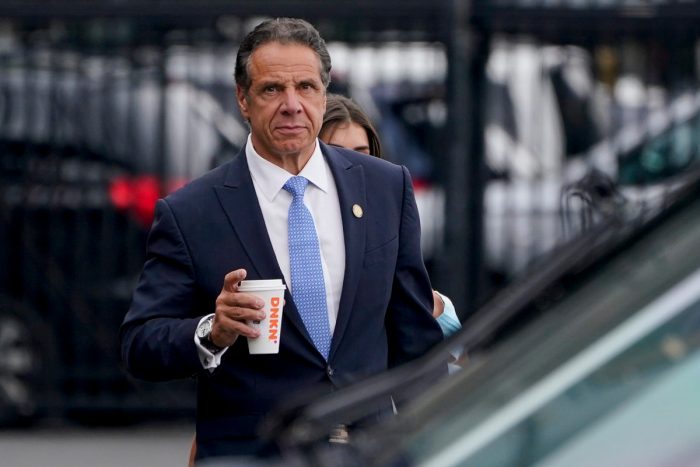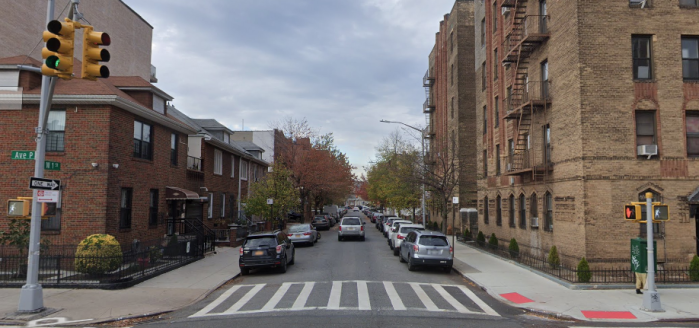For big changes that will mean safer streets, advocates say New York City needs to think small — smaller vehicles, that is.
Advocates believe bulky municipal vehicles are keeping the city from creating truly welcoming, protected bike infrastructure — a proven tool for increasing street safety for all road users.
The Sanitation Departments, specifically, needs to shrink its street sweepers and snow plows, according to a letter nonprofit Bike New York penned to DSNY Commissioner Kathryn Garcia earlier this summer.
“Sanitation in some ways may hold the key to a better bike lane for New York because right now designs have to accommodate these big truck-size street sweepers and snowplows,” said Jon Orcutt, a spokesman at Bike New York and former policy director at the city’s Department of Transportation.
The concept is fairly straightforward: Large operating vehicles with routine functions that are part of everyday city life — like trash pickup and snow plowing — largely dictate how cities like New York can lay out their streets, Orcutt said.
Those vehicles require certain widths for parking-protected bike lanes, which limits how often the DOT can install them. This June, the DOT specifically cited the width of street sweepers and plows in its decision to leave a perilous section of Manhattan’s popular Second Avenue bike lane unseparated from vehicular traffic, as Streetsblog first reported.
With smaller plows and sweepers, the city could have more flexibility to bring new protected bike lane designs to a greater number of streets, Orcutt argues. That flexibility is increasingly relevant as the city pledges to significantly expand bike infrastructure through its “Green Wave” plan in the wake of a surge in cycling fatalities this year.
“We really need support of those big operating [agencies] if we are going to become a bike-friendly city,” Orcutt said.
Other cities are facing the same challenge. In a report published last December, the National Association of City Transportation Officials (NACTO) argued that not only are large trucks disproportionately responsible for traffic deaths across the country, but “the space needs of large vehicles often deter cities from implementing key safety treatments …”
Planner Jeff Speck urged in his latest book “Walkable City Rules” that street safety must take a higher priority among city agencies, like fire departments, when they try to influence street designs to improve response times.
“[F]ire chiefs who, when introduced to the planning conversation, advocate for three things that make their cities more dangerous: wider streets, broader intersections, and the introduction of unwarranted traffic signals,” Speck wrote.
In New York, there are no set plans to move to smaller street sweepers or plows, but agency officials seem willing to explore the idea. DSNY’s current fleet of street sweepers are about 8.5 feet wide — and stretch out a bit further in action when their brooms are extended — while collection trucks with plows attached are roughly a foot wider.
DOT Commissioner Polly Trottenberg said during a news conference earlier this summer that there are often operational logistics to consider when transitioning to smaller municipal fleets, but that she has been having positive discussions with Garcia on options.
“I mean it is a challenge,” Trottenberg said in July. “You know, on the one hand here we’re pledging we’re going to do a lot more work, that means more resurfacing, more sanitation, sort of all the things that necessitate trucks. We have been in a discussion again particularly with Sanitation and FDNY about other places where we can use smaller vehicles. I can’t say we’ve solved that one totally yet.”
Belinda Mager, a spokeswoman at DSNY, said it was working with DOT to explore possibilities as the city moves ahead with Green Wave.
“DSNY is working with DOT to identify the equipment we would need to clean streets and remove snow in bike lanes,” Mager said in an email. “As the Green Wave Plan moves forward, we will continue to work in close coordination to ensure delivery of services.”




